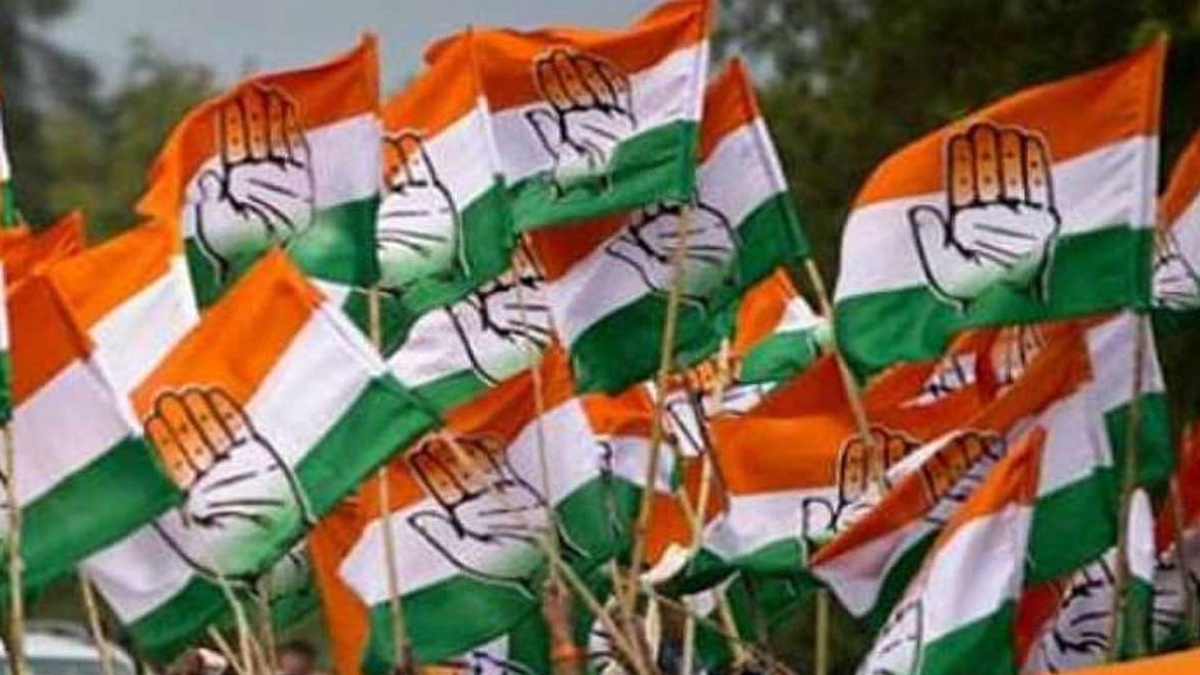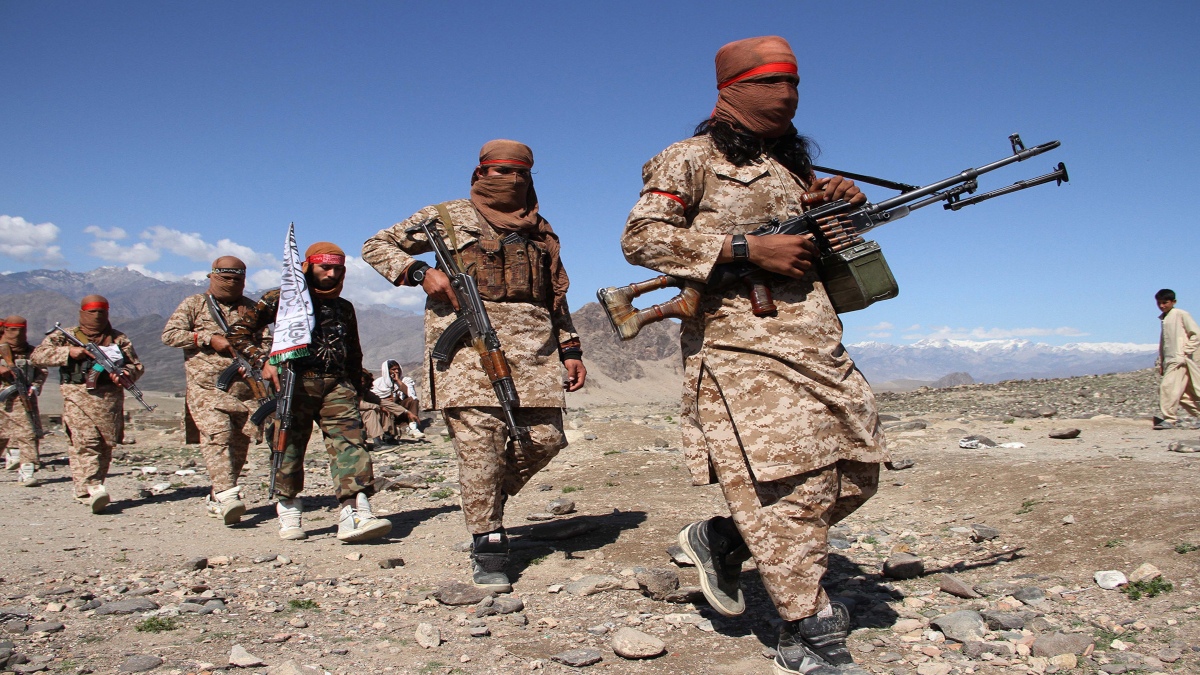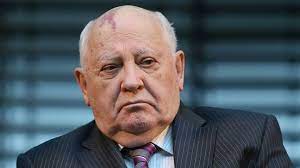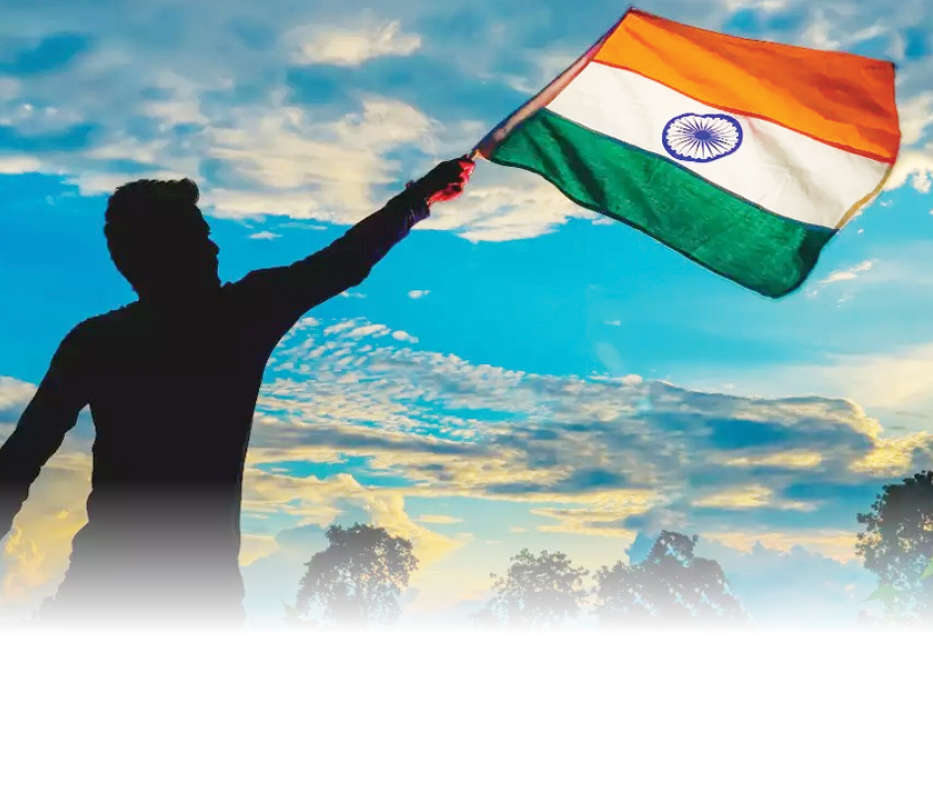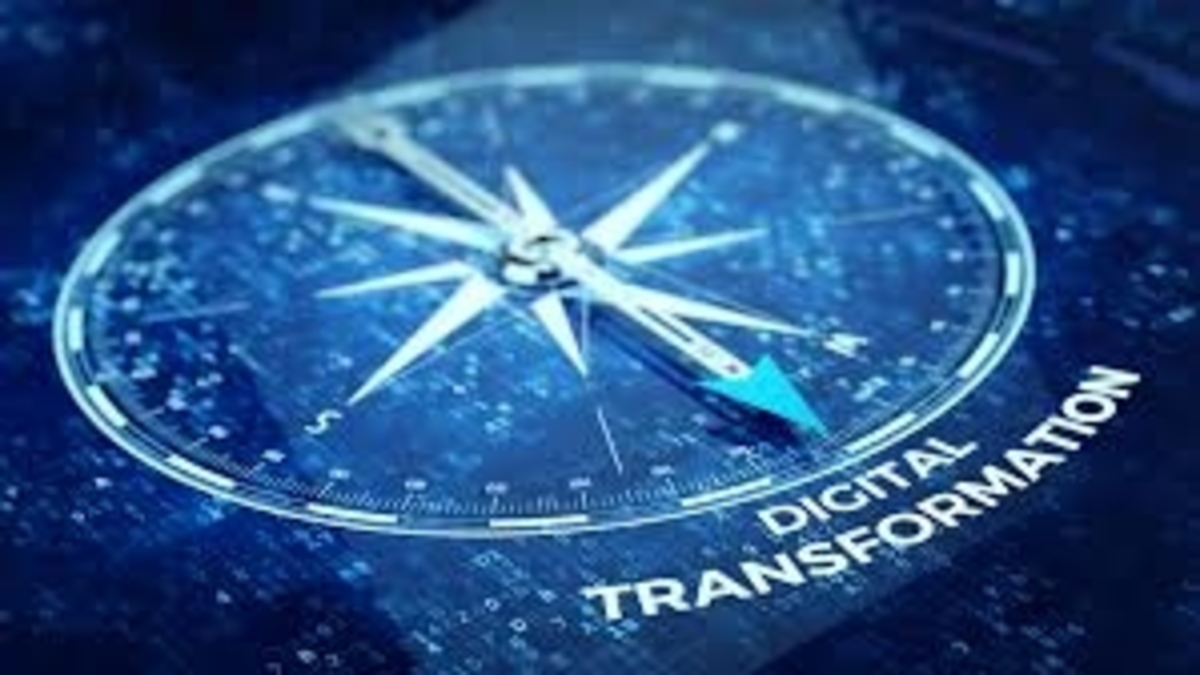Taking forward the progressive journey of “Vikaswaad” in Varanasi,Prime Minister Narendra Modi on July 15,2021,inaugurated and laid foundation stones of multiple development projects worth more than Rs 1500 crore at the IIT-BHU ground. He also inaugurated the International Cooperation and Convention Centre, ‘Rudrakash’, which was constructed with Japanese assistance later. Various public projects and works, including a 100-bed MCH wing in BHU, multi-level parking at Godauliya, Ro-Ro vessels for tourism development on river Ganga and a three-lane flyover bridge on the Varanasi-Ghazipur highway, were the defining projects, flagged off by the PM. Central Institute of Petrochemical Engineering and Technology (CIPET), 143 rural projects under Jal Jeevan Mission and a mango and vegetable integrated packhouse in Karkhiyaon, are alone, worth around Rs 839 crore.
On a visit to Varanasi on the occasion of “Good Governance Day”, in 2014,Prime Minister Narendra Modi, without any hesitation, picked up a broom and participated in a cleanliness drive at Jagannath Gali near Assi Ghat.Further, speaking on the occasion, the PM described the land of Kashi, as one which gave us “Shiksha Ki Sanskriti” (a culture of education). And indeed, within barely eight years, Varanasi today, which has transformed into a thriving medical hub of Purvanchal region, is known as the unique seat of holistic learning, with a humanist vision.
Varanasi is on the bucket list of virtually every international tourist who comes to India. In 2014, when PM Modi was elected as the MP of Varanasi, he remarked, “There’s a lot of work that god has put me on this earth for. A lot of it is dirty work, but I’m up to the task.”
Since then, from world class infrastructure to express trains, from underground cabling to waste treatment plants, from a cultural convention center to modern traffic control, from a multimodal terminal to a container depot for perishables, Varanasi has witnessed a transformative revolution in the last eight years, with Kashi Vishwanath Dham, showcasing Kashi’s vibrancy.
PM Narendra Modi laid the foundation stone of the Ring Road and Phase-1 was completed in November 2018 in record time, making traffic movement across the city much easier and helping decongestion of roads. Varanasi has a very busy airport, naturally due to the movement of pilgrims and tourists in and out of the city. The over 17 kilometre long airport road developed under the aegis of PM Modi, is called the Gateway of Varanasi today. The development of the first multimodal terminal on an inland waterway in Varanasi was a matter of pride for the city, with the PM receiving the first container vessel on the river Ganga, in 2018.
PM Narendra Modi laid the foundation of two dedicated cancer hospitals in Varanasi,a few years back. Also, IMS BHU was accorded AIIMS like status, which will further improve health facilities in the hospital. Kashi is called the city of Mahadev, as in Lord Shiva and,the development of Kashi Vishwanath Corridor is a boon to lakhs of devotees of Shiva, who are making use of the direct link, developed between the temple and Ganga Ghat. Kashi, a thriving and busy city, generates a lot of waste and sewage. PM Narendra Modi inaugurated a large sewage infrastructure project, sometime back. A 140 million litre per day (MLD) sewage treatment plant (STP) at Dinapur, set up in 2018,has made the city get rid of the large waste generated and would further curb river pollution.
The last few years have been momentous in the history of Kashi. Not only has the city given India one of its most popular and powerful Prime Ministers ever, but it has also witnessed rapid development that only an MP of Narendra Modi’s stature can usher in. PM Modi laid the foundation stone of trade facilitation Centre and Crafts Museum in 2017, for the benefit of many weavers, craftsmen and artisans of Varanasi and nearby areas. He had once remarked that India cannot become a Vishwa Guru without the development of Kashi. Development of Kashi is in turn, incomplete without bettering the lives of weavers.
Handicrafts of Kashi are spread in the form of cottage industries, with Banarasi silk saree, textile industry, carpet industries being some of the prominent ones. More than lakhs of handloom weavers are directly or indirectly related with these industries. Measures taken for the betterment of weavers and artisans have gone a long way in enhancing their incomes. For the retention of next generation of weavers, a carpet engineering program is being run in IICT Bhadohi. 75% of the fees of the students belonging to poor families of weavers is being taken care of by the Modi government. There is a provision for margin money of Rs. 10,000 in MUDRA scheme for weavers. Mega carpet clusters in Mirzapur and Bhadohi are being given modern looms. Also, they are being imparted skills under skill development programs. To realize this goal, a B.Tech. program in the carpet technology area, is being run in IICT Bhadohi. India currently occupies 35% share of the world’s carpet market. PM Modi has set a target to own 50% of the world’s carpet market.
Across India, after PM Modi took up the cause of promoting Khadi,sales of Khadi have been on an upswing. In Varanasi too, Khadi institutions and workers are being encouraged, with credit linked capital subsidy (CLCS). Under Kasuhal Vikas Yojana, thousands of youth are being skilled and empowered. The Coir Board also organises regular international vyapar melas.The commencement of expansion of Diesel Locomotive Works, also started thanks to PM Modi.
Not only is Kashi witnessing development on an unprecedented scale but people of this sacred city are also experiencing first hand, what it is to have a karmayogi PM as their MP. A “cheque bounce” law was scrapped, on the request of small businessmen from Varanasi,benefitting scores of small traders and proprietors. The ‘Jan Sampark’ office of PM Modi in Kashi is dedicated for the service of common people in the city and had done exemplary work, when floods hit the city, in 2020.
After selecting Jayapur, a tiny village in Varanasi, 7km from the Rajatalab railway station, for the ‘Saansad Adarsh Gram Yojana’, PM Narendra Modi opined that it is not MPs who are taking guardianship of the village under this Yojana, but villagers who were taking MPs under their wing, through this scheme. “Can we decide that we will not allow Jayapur to become dirty; can we ensure children wash hands before eating”, the Prime Minister asked the large gathering at Jayapur, asserting that these things did not require government intervention. He said such positive social energy can help create a model village. Days after he met and addressed people of Jayapur, they reciprocated, by turning the birth of a girl child into a festive occasion and planting trees.
Varanasi is the only place from where the revered Ganga, is Uttar Vahini (flows towards North). It is here from where the powerful stream of the river Ganga turns directions. Thus, the start of the biggest sanitation drive also happened from Varanasi. Speaking of Covid, the moment it became clear that the second wave had hit India, PM sent his emissary, a long-time aide, AK Sharma to Varanasi with instructions to take proactive measures and make sure that damage was controlled. Sharma landed in Varanasi on April 13,2021 and immediately set in motion a 24/7 Command and Control room. With 20 dedicated phone lines and round-the-clock manpower, the “Kashi Covid Response Centre”, became the hub of coordination between various arms of administration, as also interface with the people, for a seamless management of the situation. Two Oxygen plants, hundreds of Oxygen cylinders and concentrators were ordered and a DRDO Covid hospital was also set up, to tide over the crisis. The positivity rate of the district came down from a high of over 30% to less than 13%,in a matter of days. The administration ramped up RT-PCR testing capacity of Kashi city from 5000 to 12000 per day, while making sure that the results were made available within 24 hours. Sharma arranged for two automatic RNA extractor machines from Assocham, that made the quicker testing possible. Of the four Oxygen plants in Varanasi supplying 12000 LPM Oxygen, one each was imported from the United States and Israel respectively, while two others were procured from Maharashtra and Gujarat each. Varanasi also had the highest supply of Remdesivir injections at about 700 vials a day. During the second wave in April and May 2021, over 9000 per day vaccination rate in Kashi, was also one of the highest for any city, in Uttar Pradesh.
Another far-sighted step taken on the instructions of PM Modi, was to make sure the rural areas were protected. The administration distributed 70,000 medical kits to contain the pandemic in rural hinterland of Varanasi and the healthcare staff at the primary and secondary dispensaries were trained on a war footing on use of Oxymeters and other testing paraphernalia. The result was heartening with distress calls from rural areas coming down from a peak of 800 per day, to about 100 at the Command and Control Centre, within days.
Amid worries of a possible third wave of Covid-19, which could have impacted children more, the inauguration of (MCH) unit at Banaras Hindu University (BHU) hospital, in Varanasi, by the PM, showcased how health has always been a top of the mind agenda for the Modi government. Considered to be the AIIMS of Purvanchal (East UP), adjoining Bihar and even Nepal, the Sir Sunderlal Hospital in BHU campus that got the MCH wing, has seen number of beds rise from 1500 to 2700,in just eight years, a rise of a solid 80%. “When the world is in crisis, we must pledge—a pledge which is bigger than the crisis itself. We must strive to make the 21st century, India’s century. And the path to do that is self-reliance”—this powerful quote by Prime Minister Narendra Modi, sums up the ethos of the “Varanasi Model” in more ways than one. Indeed, the Varanasi model, blends the puritan with the modern and spirituality, with fast paced progress, reflective of an aspirational India, in the true sense of the term.
Varanasi is holy. Varanasi is mystical. Varanasi is enigmatic. Varanasi represents the timeless values of Hindu dharma.
For the first time a Member of Parliament from the city is the Prime Minister of India. If we look at the political history in India, a PM’s constituency is in the spotlight only for a brief period of time. In some cases, like in the case of “compulsive liar”, Rahul Gandhi, desperate to be the PM, for instance, his so called high profile visits to Amethi, used to happen only on the eve of elections, once every five years. No wonder the electorate of Amethi sent him packing as an MP, in 2019.
But PM Modi’s constituency has been the centre of attention for all the right reasons, with the PM visiting Varanasi well over two dozen times, in the last few years alone, despite his jam-packed schedule. PM Modi’s affection for the mystical city of Kashi, is well known.In his own words to the people of Kashi, Modi said, “Kashi owns me, I am imprisoned in its love”. In his many visits, apart from his interactive sessions with the people of Varanasi, PM Modi is seen inaugurating a hospital, or flagging off an express train, laying the foundation stone for a ring road or making Kashi the first multi modal hub on an inland water way. Be it unveiling the plaque of the Inter-University Centre, launching the Campus Connect wi-fi of Banaras Hindu University (BHU),or launching the Madan Mohan Malviya National Mission for teachers and the National Livelihood Mission for women, Narendra Modi has done pathbreaking work, both as the PM and as the MP, from Kashi. Turning ‘Swachh Bharat Abhiyan’ into a ‘Jan Andolan’, by helping spread the message that ‘Cleanliness is next to Godliness’, has been a hugely rewarding journey for Modi and of course, for the nation. It would be apt to conclude with a powerful quote by none other than PM Modi, which captures the essence of his famous Varanasi model–”I make changes, not for people to notice; rather, because it is my mission”. And truly enough, the transformation of Varanasi, in the last eight years, has been nothing short of extraordinary.
Sanju Verma is an Economist, National Spokesperson of the BJP and the Bestselling Author of ‘The Modi Gambit’.


 Opinion3 years ago
Opinion3 years ago
 Entertainment8 years ago
Entertainment8 years ago
 Entertainment8 years ago
Entertainment8 years ago
 Fashion8 years ago
Fashion8 years ago
 Opinion4 years ago
Opinion4 years ago
 Entertainment8 years ago
Entertainment8 years ago
 Politics8 years ago
Politics8 years ago
 Entertainment8 years ago
Entertainment8 years ago
